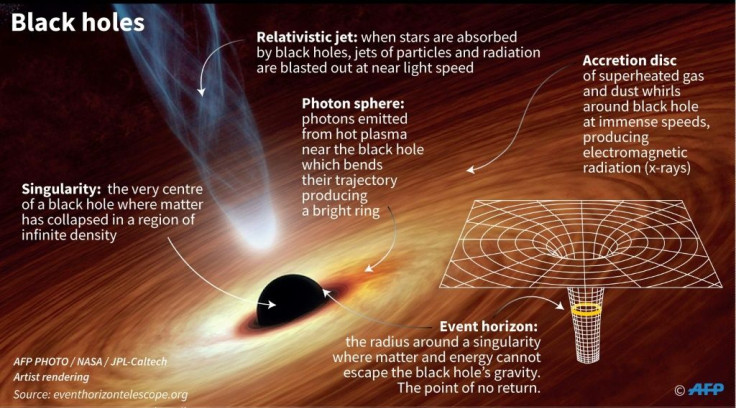Deaf Community Being 'Excluded' In Astronomy? Experts Creating New Signs For Modern Science

KEY POINTS
- It takes a considerable amount of time before new scientific terms get sign language translations
- According to Dr. Olja Panic , deaf people are among the most disadvantaged when it comes to engaging with science and astronomy
- At a two-day conference, experts gathered to create 50 new signs for scientific terms
- If the new signs are effective, it could help the deaf community to become more involved in science
Most deaf people in the United Kingdom use British Sign Language (BSL), which so far only has approximately 100 signs for astronomical concepts. In fact, it was only in the last few years that the sign language for the term “black hole” was developed even if it is a concept that scientists have been discussing for decades.
According to researchers, this shows that while the scientific community continues to make great advances, it can leave the deaf community at risk of being “excluded” because it could take considerable time before new science terminologies can be translated into sign language.
“When it comes to astrophysics and other areas of science, the deaf community faces considerable challenges because the language that would allow them to explore and discuss astrophysics is not there,” Dr. Olja Panic of the University of Leeds said.
As such, Dr. Panic is leading a project that aims to develop 50 new signs to help explain her research about the formation of planetary systems, a study involves terminologies and concepts that so far do not have sign counterparts.
For the project, Dr. Panic worked with sign language experts at a two-day workshop in Leeds where astronomy enthusiasts, deaf scientists and science communicators gathered to design 50 new signs for terms and concepts such as exo-Solar planet and protoplanetary disc.
According to deaf linguist and sign language expert Gary Quinn who led the discussion, the feat was quite challenging because many terms in astronomy and astrophysics cannot easily be recognized in simple visual images. So what they had to do was build on current astronomy signs.
But if the new signs end up working and people are able to understand and recall them easily, it would not only help the deaf community to broaden their astronomical knowledge, but it would also give them a chance to share their own experiences.
This way, the deaf community can be more involved in discussions about advancements in astronomy.
“It is important that sign language develops so people can join in the important scientific discussions about the origins of the universe,” deaf amateur astronomer and coordinator of the British Deaf Astronomical Association Derek Rowley said. “Ensuring sign language keeps up with the advances in science will also ensure that deaf people can be part of the scientific research community.”
© Copyright IBTimes 2025. All rights reserved.






















